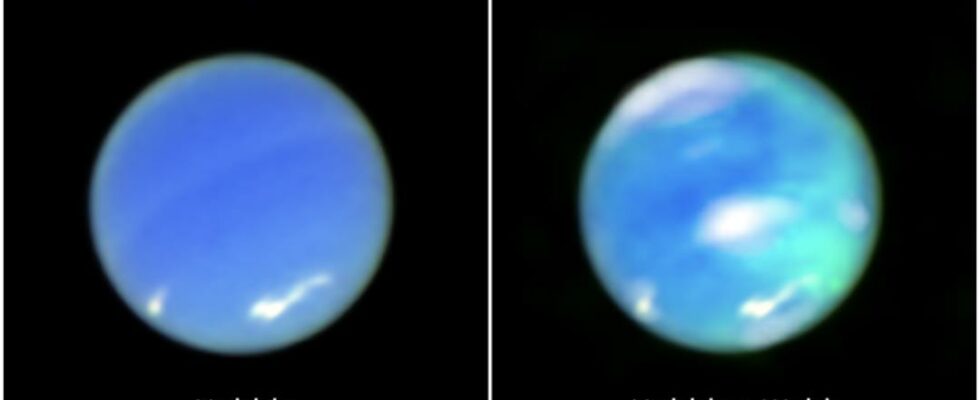According to a written statement from NASA, celestial scientists examined the data obtained in June 2023 with the close infrared spectrograp for WebB telescope.
For the first time, he found the “Trhydrogen cation” component in the light movements called “auroral activities” with these data. NASA published images of the light movements in question.
“A new window opened”
With the determination of Neptün’s auroral activities, the magnetic field of the planet will interact with the celestial bodies that go away from the Sun to the spots that go away from the Sun, and the atmosphere of Uranus and Neptune, known as ice giant planets, “a new window opened” said.
The chief of the study, Northumbria University Department of Mathematics, Physics and Electrical Engineering Associate Professor Henrik Melin, Neptune, the detection of light movements in Neptune is only possible with the WebB telescope, he said.
Melin, the details and clarity of the images “shock” said.
Previously, NASA’s “Voyager 2” spacecraft in 1989, thanks to the data obtained in 1989, tips on the light movements in Neptune were collected.
Throats have been examining the light movements in Saturn and Jupiter for years, but Neptune is the farthest planet to the Sun, it is more difficult to get images and data.
The research was published in Nature Astronomy magazine. (AA)

